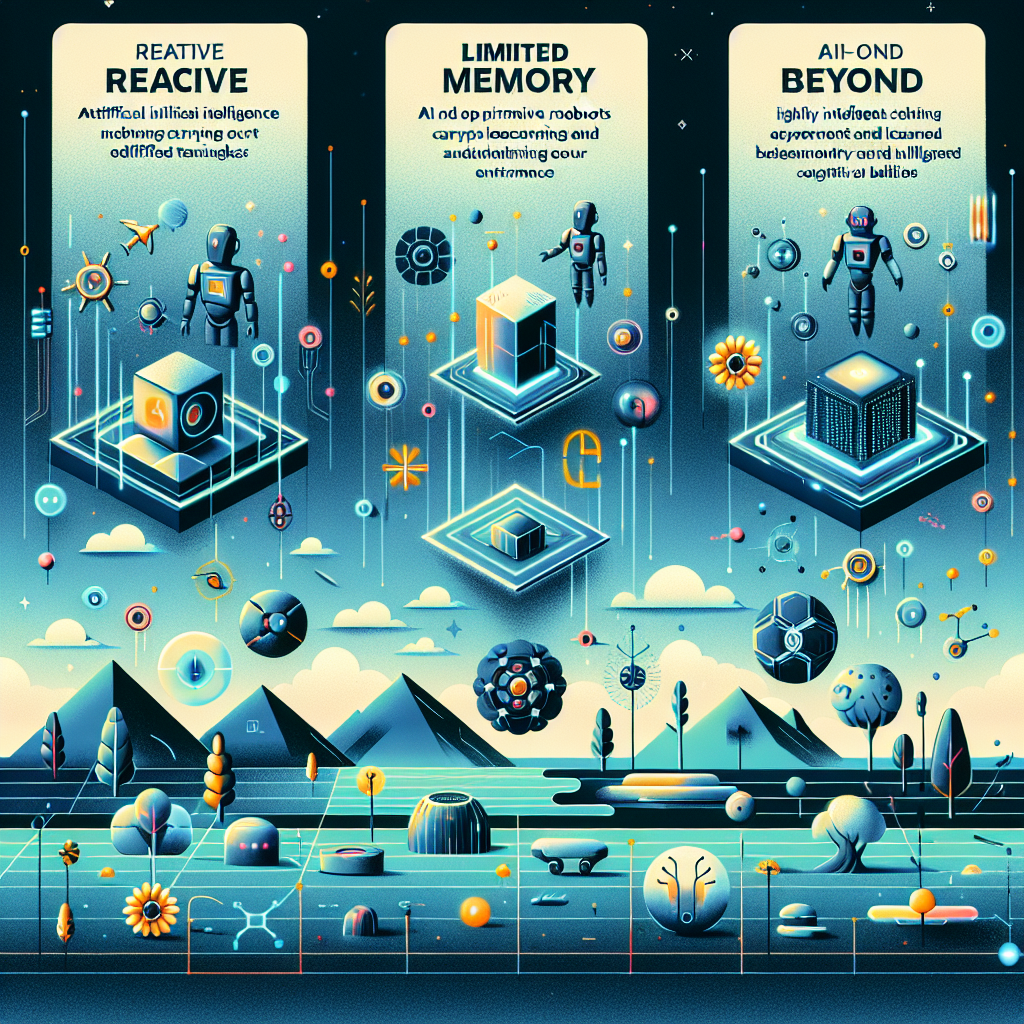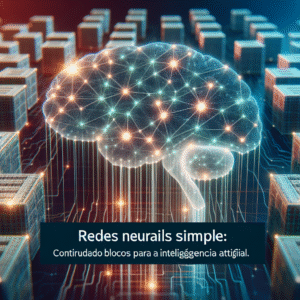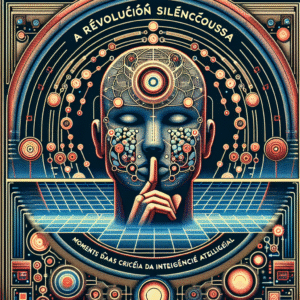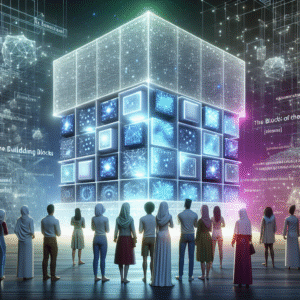Artificial Intelligence (AI) is an ever-evolving field that continues to shape the technological landscape. At its core, AI seeks to replicate human intelligence, enabling machines to perform tasks that typically require human cognition. AI can be classified into different types, each with its unique capabilities and limitations. This article explores three main categories of AI: Reactive Machines, Limited Memory AI, and those that stretch beyond into the realms of Theory of Mind and, eventually, Artificial General Intelligence (AGI).
Reactive Machines
Definition and Characteristics
Reactive machines represent the most basic form of AI. These systems are designed to perform narrowly defined tasks and operate solely on immediate data inputs. They do not store prior experiences or leverage past data to inform future actions. As such, their "intelligence" is rooted purely in the present moment, relying heavily on predefined rules and algorithms.
Examples
A classic example of reactive AI is IBM’s Deep Blue, the chess-playing supercomputer that defeated world champion Garry Kasparov in 1997. Deep Blue could assess the chessboard and compute optimal moves based on current configurations, but it had no understanding of previous games or long-term strategies. Similarly, many recommendation engines and simple rule-based systems fall into this category, as they act based solely on current user inputs without further adaptation or learning.
Strengths and Limitations
Reactive machines excel at specific tasks where the environment and conditions are well-defined and static. They are reliable in situations that do not require historical data insights or adapting to new contexts. However, their inability to learn from the past restricts their adaptability and scope. Without the ability to evolve over time, reactive AI remains limited to the tasks it was explicitly programmed for.
Limited Memory
Definition and Characteristics
Limited Memory AI represents a significant step beyond reactive machines by incorporating historical data to inform current decisions. These systems can learn and improve over time by storing and recalling past experiences for a limited period. This capability allows for more nuanced decision-making and adaptation to changing environments.
Examples
Most modern AI applications, such as self-driving cars and advanced chatbot systems, fall into the limited memory category. Self-driving cars use sensors to gather data about the environment and previous driving conditions, storing this information to predict and react to potential hazards. Similarly, AI-based chatbots leverage past interactions to provide more relevant and personalized responses to users.
Deep learning models, such as those used in voice assistants and image recognition systems, also operate on limited memory by using neural networks trained on extensive datasets. These models can infer patterns and make decisions based on accumulated knowledge while continuously updating their understanding.
Strengths and Limitations
Limited memory AI excels in dynamic environments where context and previous interactions are critical to performance. It allows for more sophisticated behaviors and a greater range of applications than reactive systems. However, the "memory" is still confined to specific tasks and doesn’t extend to the comprehensive learning capabilities attributed to humans.
Beyond Limited Memory: Toward Theory of Mind and Artificial General Intelligence
Theory of Mind
The next frontier in AI development is the creation of systems that can understand emotions, beliefs, and intentions—key components of human social interaction. This type of AI, often referred to as Theory of Mind AI, aims to endow machines with the ability to perceive and predict the thoughts and feelings of others.
While still largely theoretical, Theory of Mind AI has profound implications for human-computer interaction, enabling more nuanced and empathetic communication. As AI systems become capable of understanding the subtleties of human social dynamics, they can be more effectively integrated into diverse fields, from mental health support to collaborative robotics.
Artificial General Intelligence (AGI)
AGI represents the pinnacle of AI research—the development of machines that can perform any intellectual task a human can. Unlike its predecessors, AGI would possess general cognitive abilities, allowing it to learn, adapt, and apply knowledge across various domains without task-specific programming.
Challenges and Considerations
Achieving AGI poses significant scientific, ethical, and societal challenges. The complexity of general human intelligence, including emotional and cultural aspects, requires groundbreaking advancements in cognitive computing and machine learning. Additionally, AGI raises philosophical and ethical questions regarding autonomy, consciousness, and the potential implications for human employment and creativity.
Current Progress and Prospects
While AGI remains a distant goal, ongoing research continues to push the boundaries of what AI systems can achieve. Innovations in neural networks, natural language processing, and robotics reflect incremental steps toward more generalized machine intelligence. The journey toward AGI is marked by collaboration across disciplines and the continuous refinement of AI technologies.
Conclusion
The types of AI—Reactive Machines, Limited Memory, Theory of Mind, and AGI—reflect the spectrum of artificial intelligence development, each representing milestones in understanding and replicating human cognition. From the confined but diligent tasks of reactive machines to the potential emergence of AGI, the trajectory of AI research and application is both exciting and challenging, promising transformative impacts on industries and society.
As we advance toward more human-like AI systems, collaboration between technologists, ethicists, and policymakers becomes crucial. The road to developing sophisticated AI should be navigated carefully, ensuring that technological progress aligns with the values and needs of society. The quest to replicate and surpass human intelligence is a remarkable journey, inviting both awe and reflection on the future of human-machine coexistence.




